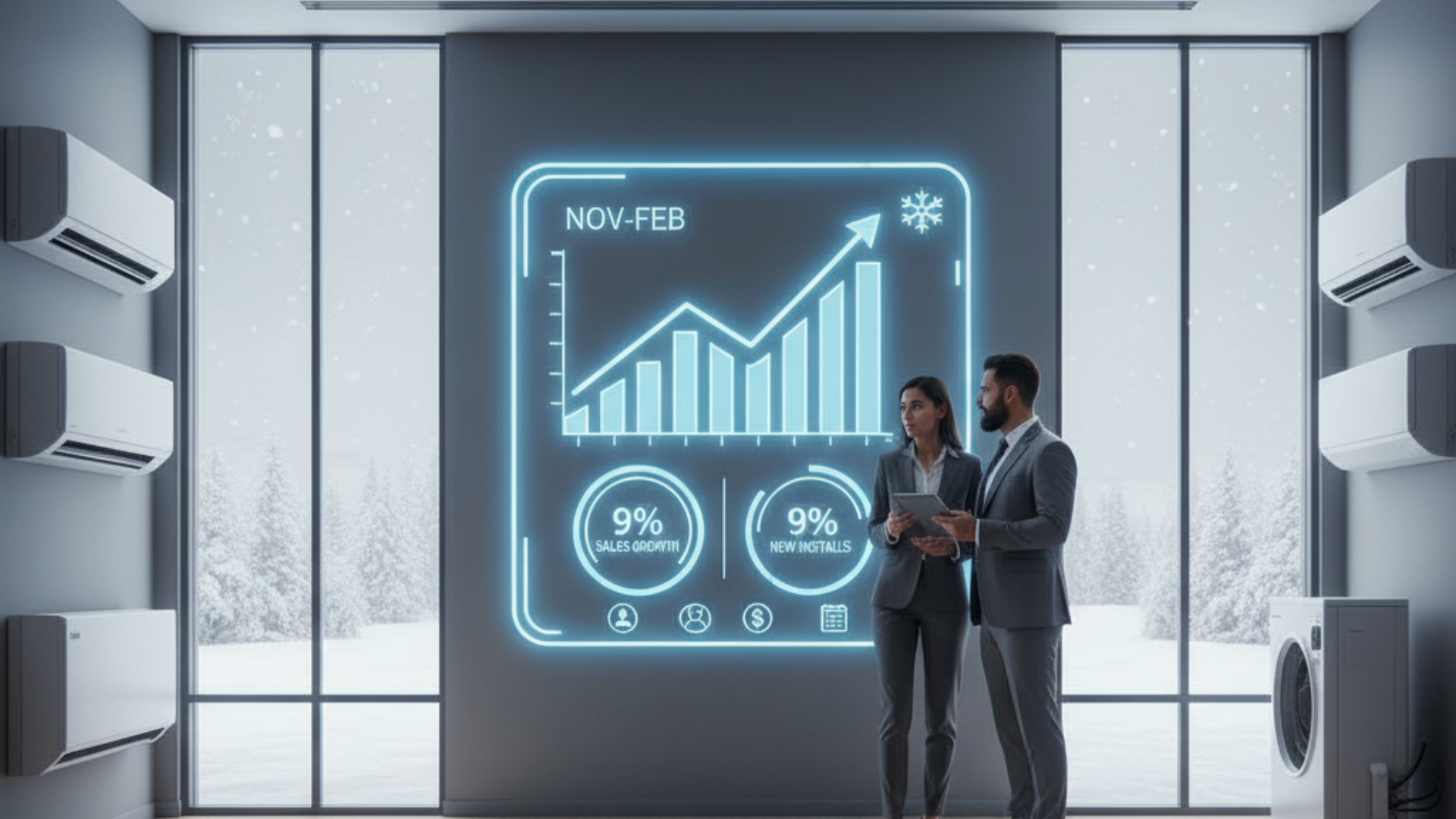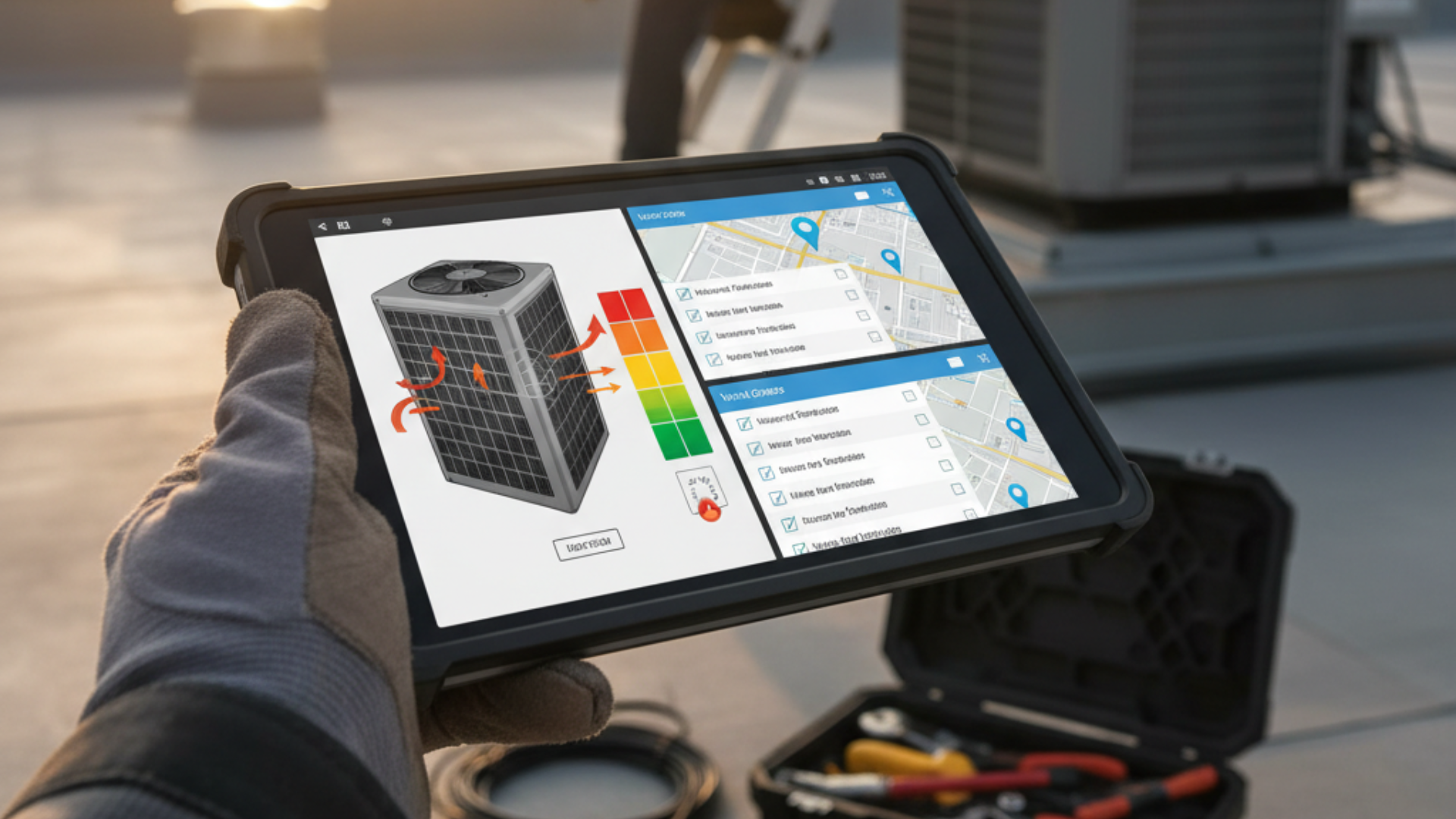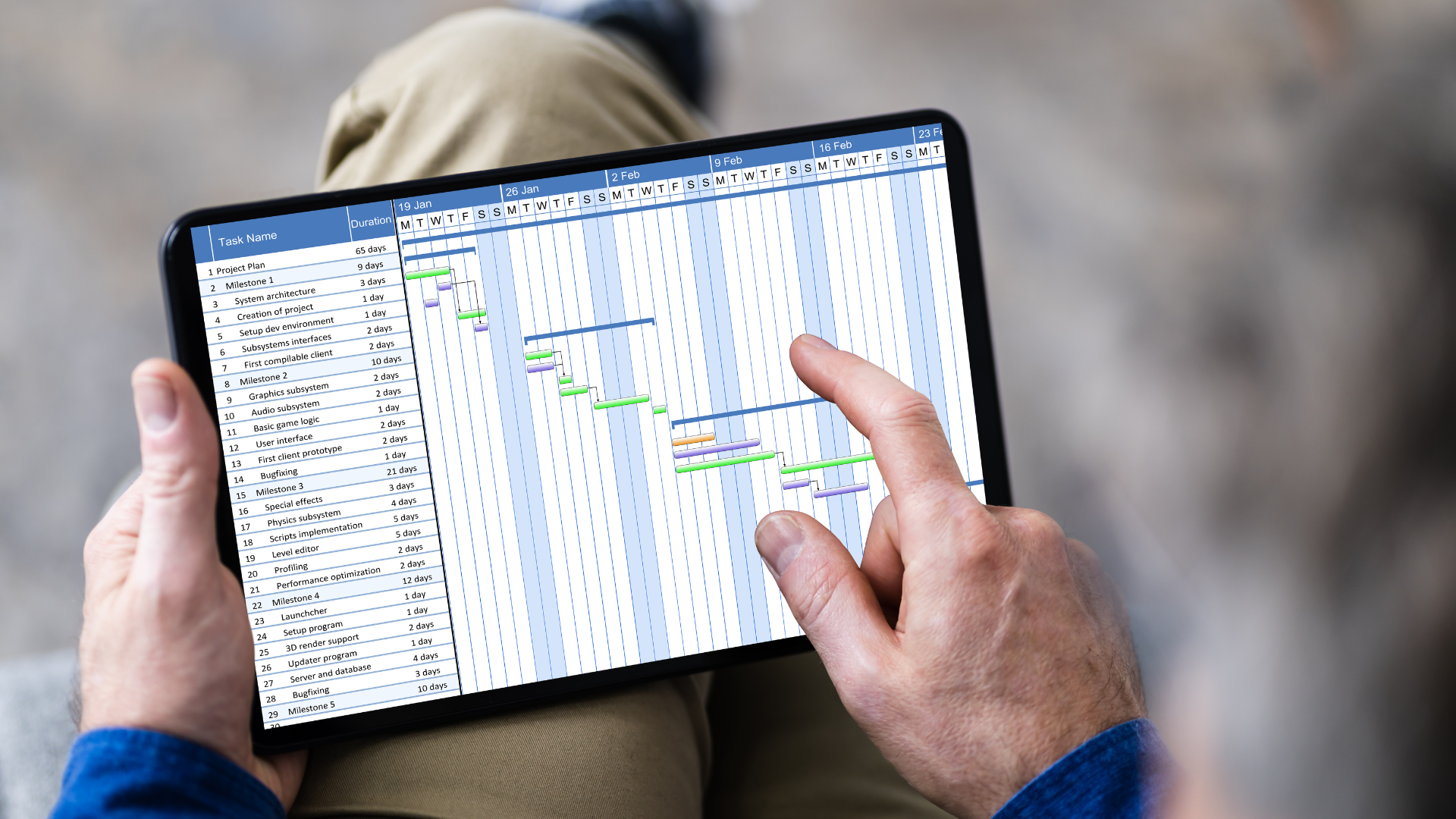Managing Refrigerant Changeover (R-410A to A2L) with Training Software
The HVAC industry is undergoing a significant shift as R-410A is phased out and A2L refrigerants take center stage. This transition isn’t just about swapping refrigerants.
It’s about adopting new safety practices, complying with updated regulations, and ensuring that every technician is adequately prepared for the change.
In this relation, training software is becoming an essential tool, helping teams prepare more quickly, stay compliant, and make the transition with confidence.
A2L Refrigerant Training: Preparing Your HVAC Team for the R-410A Phase-Out
Managing refrigerant changeover (R-410A to A2L) is one of the most significant shifts the HVAC industry has faced in years. It brings new safety practices, compliance requirements, and training needs.
So the main challenge here is that many technicians trained on R-410A aren’t fully prepared for the handling differences of A2L refrigerants. Without proper certification, businesses risk safety issues and regulatory setbacks. The good news is that training software now makes the transition easier, offering online courses, videos, and resources that ensure technicians stay compliant, confident, and ready.
Here we will break down what’s happening with refrigerants, why the transition matters, and how e-learning tools can help your technicians become certified, confident, and ready for success.
Key Takeaways
- The HVAC industry is undergoing a major shift as R-410A (often referred to as Puron) is phased out and A2L refrigerants take its place.
- A2L refrigerants have a lower global warming potential (GWP), but require safe handling practices due to their mild flammability.
- HVAC technicians must complete updated training and certification programs to stay compliant and avoid costly mistakes.
- Training software provides an excellent resource for quickly preparing teams, tracking certifications, and staying up-to-date with EPA standards.
- Businesses that act now will not only stay compliant but also position themselves as trusted, future-ready providers.
The Global & U.S. Refrigerant Transition in 2025–2030
Every technician has heard the buzz: refrigerants are changing. But let’s put it in perspective.
The Kigali Amendment and the U.S. AIM Act are driving a global phase-down of high-global-warming-potential (GWP) refrigerants, such as R-410A. For years, Puron Advance (R-410A) has been the workhorse of residential and light commercial HVAC systems.
But its high environmental impact makes it unsustainable in the long run. That’s where A2L refrigerants come in. Unlike older refrigerants, A2Ls have a much lower global warming potential, making them a key player in reducing emissions.
Manufacturers are already rolling out systems designed for these refrigerants, and OEM timelines suggest that by the late 2020s, A2Ls will be the norm across both residential and commercial equipment.
But what does “A2L” really mean? The ASHRAE classification tells us they are mildly flammable but low in toxicity. That means technicians must learn new aspects of safe handling, from transportation to installation and beyond.
And since safety codes, such as ASHRAE 15 and UL 60335, are evolving alongside this transition, the HVAC industry can’t afford to wait. Preparing now is essential.
What Are the Key Differences Technicians Must Know Between R-410A and A2L Refrigerants
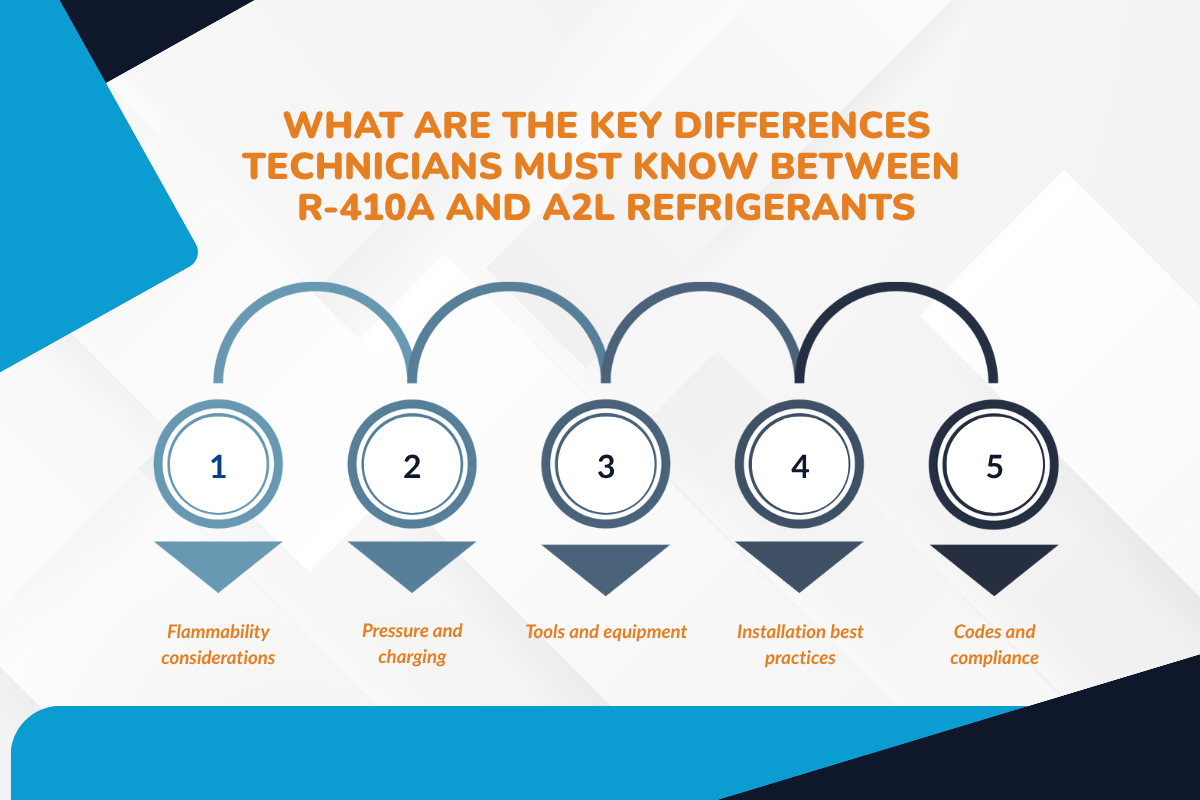
For HVAC technicians, the differences between R-410A and A2Ls aren’t just theoretical. They directly affect how you work in the field.
| Aspects | R-410A | A2L Refrigerants | What Technicians Need to Know |
|---|---|---|---|
| Flammability Considerations | Non-flammable | Mildly flammable under certain conditions | Requires careful leak testing, proper ventilation, and avoidance of sparks or open flames |
| Pressure and charging | High pressure | Similar pressures but different charging methods | Technicians must learn new charging procedures and use compatible tools and gauges |
| Tools and equipment | Standard HVAC tools and detectors | Requires A2L-specific leak detectors and recovery machines | Specialized leak detectors and recovery machines are required. |
| Installation best practices | Standard ventilation and safety measures | Enhanced ventilation and airflow are required | Mistakes in airflow or ventilation can create safety risks and callbacks. |
| Codes and compliance | comply with traditional HVAC safety codes | Must comply with ASHRAE 15 and UL 60335 | Stay updated with evolving safety and compliance standards for inspections |
It’s not enough to “pick it up as you go.” Every technician requires structured training to fully understand these differences.
Why A2L Training Is Critical For Safe Handling in 2025
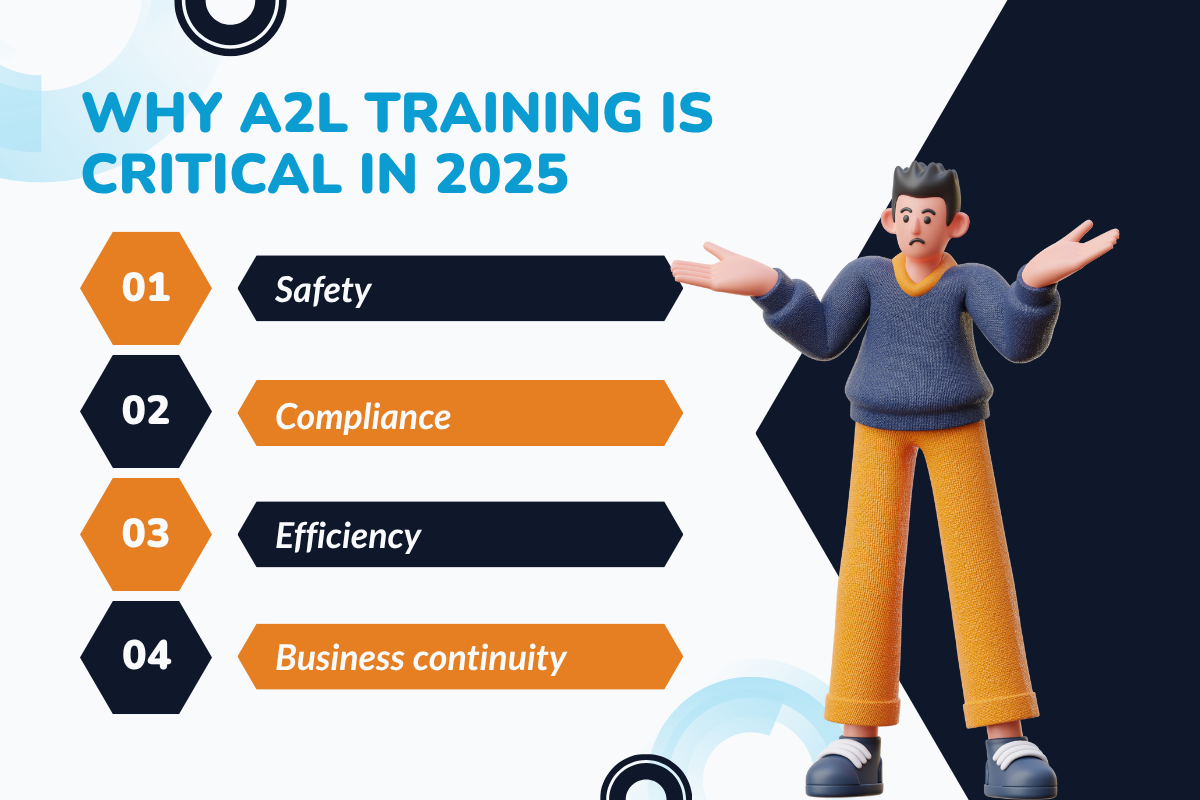
For instance, if you're sending your team into the field without the proper knowledge. They might complete a job, but one mistake in charging or handling could result in costly callbacks or worse, an accident.
That’s why A2L refrigerant training is critical. Here’s what’s at stake:
1. Safety:
Improper handling of a mildly flammable refrigerant can pose a risk to both technicians and customers.
Training ensures that everyone knows the correct procedures for storage, transport, leak detection, and charging, thereby reducing the risk of accidents on-site.
2. Compliance:
EPA rules and certification exams now require HVAC professionals to be certified in the safe handling of A2L refrigerants. Proper training keeps your team aligned with current regulations and prevents penalties for non-compliance.
3. Efficiency:
Without proper training, technicians may mischarge systems or use incorrect tools, resulting in reduced system performance and increased callbacks. Learning the correct methods ensures each job is done right the first time, saving time and resources.
4. Business continuity:
Companies that don’t retrain their workforce risk falling behind competitors who are already certified and confident with A2L systems. Proper training safeguards your reputation and ensures your team can take on new projects without delays or errors.
In 2025 and beyond, training isn’t just a box to check. It’s the foundation for keeping your business running smoothly.
What Are the Challenges HVAC Companies Face in the Transition
This transition may seem straightforward on paper, but many businesses are already encountering roadblocks.
1. Knowledge gaps:
Many experienced technicians have spent their careers working with R-410A. But A2L refrigerants come with different safety and handling requirements. So, without fresh training, even skilled pros can feel unprepared.
2. High turnover:
The HVAC industry already deals with a revolving door of younger techs when people leave before completing their training. It’s challenging for companies to maintain consistency and ensure that every crew member is equally prepared.
3. Certification tracking:
Employers must maintain documentation to verify that every technician has completed the required training and certification. A task that can be challenging due to paperwork scattered across multiple offices.
4. Limited in-person training:
Not every area offers workshops or training centers nearby. That leaves some technicians with few opportunities to get hands-on experience or detailed instruction when they need it most.
Without the right support, these challenges can hinder projects and erode profits.
How Training Software Bridges the Gap For HVAC Professionals
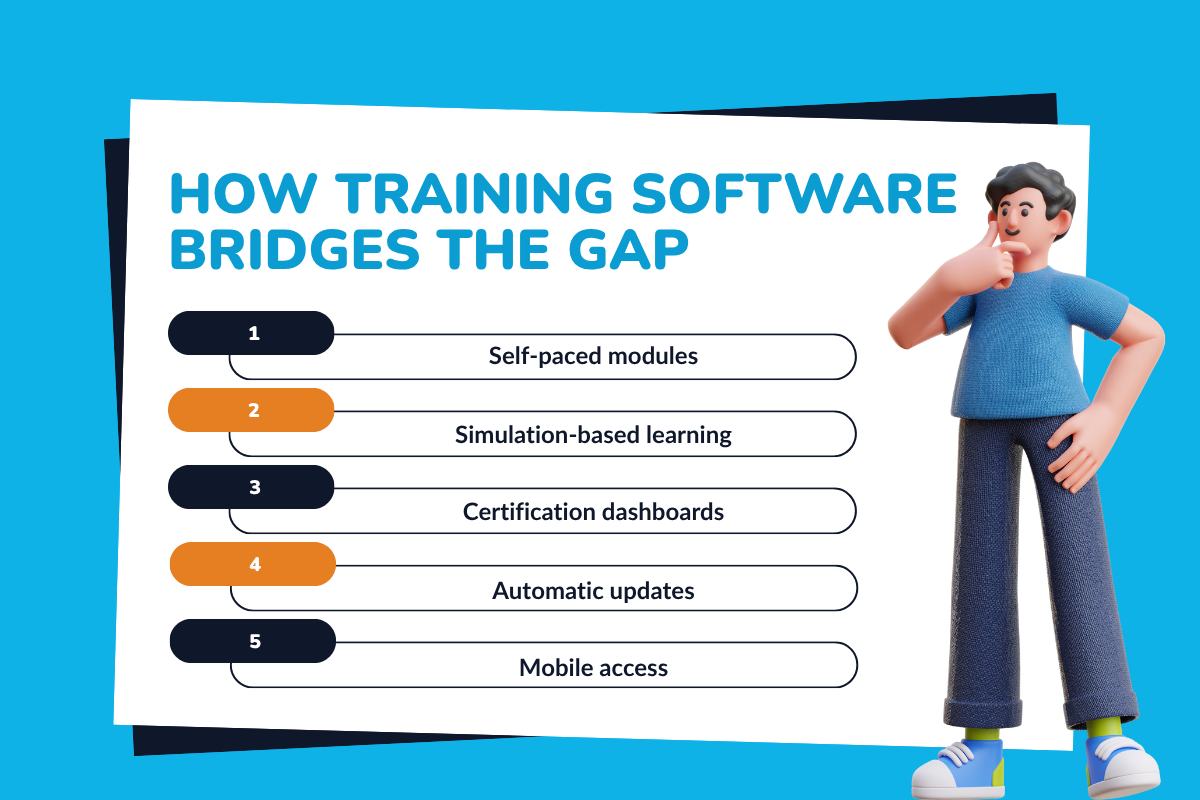
This is where digital learning tools make a real difference. Instead of relying on outdated manuals or traveling hours to find a workshop, HVAC professionals can now train anytime, anywhere.
Here’s how training software helps:
1. Self-paced modules:
Everyone learns differently, and self-paced modules allow technicians to progress at their own pace. They can replay tricky topics until they’re confident, without the pressure of keeping up with a classroom.
2. Simulation-based learning:
Digital simulations guide technicians through real-world scenarios, such as leak detection or safe charging. It’s the closest thing to hands-on practice without being in the field, which makes training safer and more practical.
3. Certification dashboards:
Managers no longer have to chase down paperwork. Dashboards show who has completed training and who still needs it. And even store certificates digitally for compliance checks or audits.
4. Automatic updates:
Codes and safety standards change rapidly, and outdated training can lead to mistakes. With automatic updates, technicians always have the latest procedures readily available.
5. Mobile access:
Whether on a job site or in the truck, techs can quickly log in from their phone to review a checklist or watch a refresher video. It keeps knowledge accessible when it’s needed most.
This approach doesn’t just prepare your team; it enhances your entire business by cutting downtime, supporting compliance, and ensuring consistency.
From R-410A to A2L: How HVAC Software Makes the Transition Easy
In HVAC software, the focus has always been on helping businesses operate more smoothly. The refrigerant transition is no different.
Here’s how it supports the changeover:
- Pre-loaded A2L refrigerant training programs are designed for both new and experienced technicians.
- Progress tracking allows employers to see which individuals have completed training and earned certification.
- Digital certifications are stored in one place for easy access during audits.
- Interactive safety checklists, videos, and review modules assist technicians in the field.
- Cloud-based tools that integrate with HR and operations, so training becomes part of your business workflow.
Instead of scrambling when regulations tighten, you can feel confident that your technicians are prepared, certified, and fully capable of handling tasks safely.
Action Plan for HVAC Businesses in 2025
If you’re wondering where to start, here’s a simple roadmap:
- Audit your team’s knowledge: Review which technicians are experienced with refrigerants and identify those who require additional support.
- Identify training gaps: Look for missing certifications or areas where safe handling practices require improvement.
- Roll out e-learning: Introduce digital tools like HVACBase to provide your team with structured, flexible training, making progress easy to track.
- Monitor compliance: Store certifications digitally so you always have quick and organized proof ready for audits or regulatory checks.
- Update SOPs and tools: Refresh your standard operating procedures (SOPs) and ensure that every technician has the proper gauges, leak detectors, and checklists on hand.
This journey doesn’t have to feel overwhelming. By taking it step by step, you can support your technicians, prepare your business, and move forward with confidence.
How HVACBase Helps HVAC Teams Work Smarter Every Day
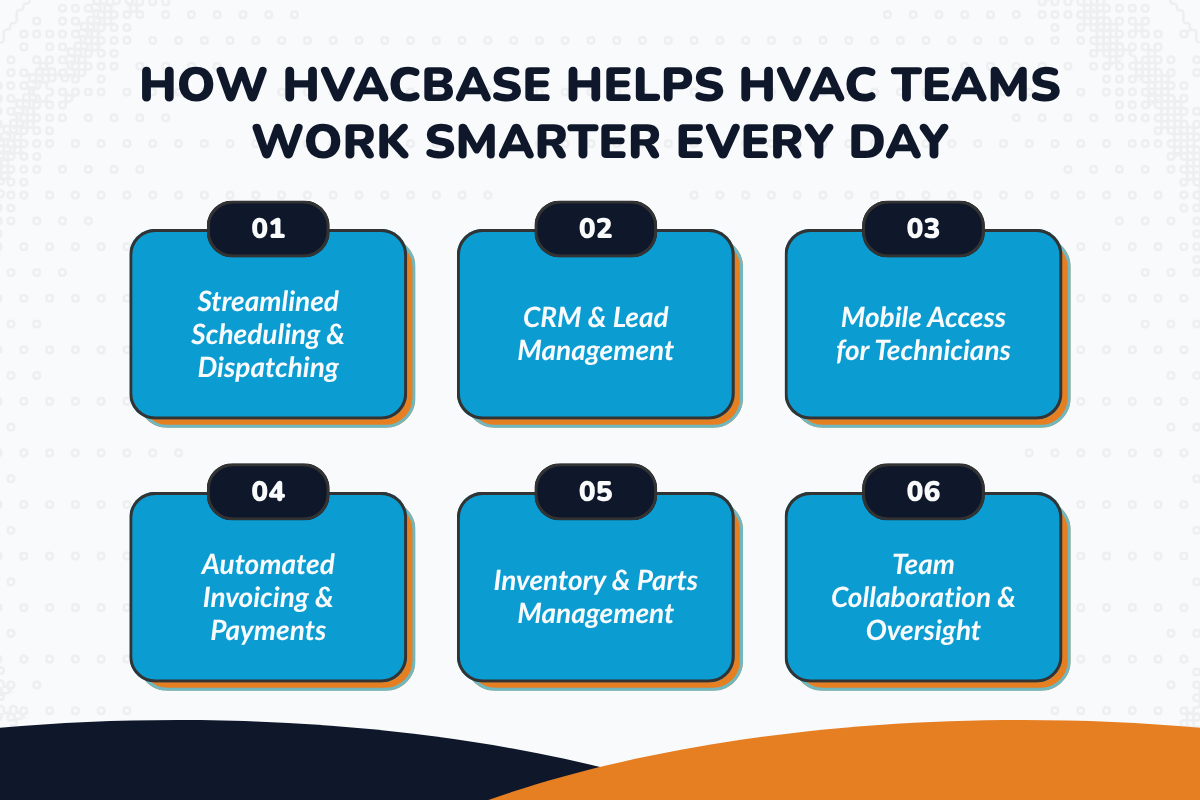
Managing an HVAC business is a juggling act. HVACBase helps teams stay organized, efficient, and on top of every job with tools designed specifically for contractors and technicians.
From scheduling to invoicing, it keeps operations running smoothly, allowing your team to focus on the work that matters most.
- Streamlined Scheduling & Dispatching: Easily assign jobs and optimize routes for field technicians.
- CRM & Lead Management: Track customer history, follow-ups, and new opportunities in one place.
- Mobile Access for Technicians: Field teams can view jobs, update progress, and access customer info on the go.
- Automated Invoicing & Payments: Reduce manual errors and speed up billing with integrated tools.
- Inventory & Parts Management: Keep track of materials and equipment to avoid delays on-site.
- Team Collaboration & Oversight: Managers get real-time updates and dashboards to monitor performance.
Summing It Up
The transition from R-410A to A2L refrigerants is one of the most critical shifts the HVAC industry has faced in decades. It’s not optional; regulations, environmental responsibility, and customer expectations drive it. The only question is whether your business will be prepared or not.
With the right training software, HVAC technicians can complete their certification, review best practices, and sign off on safety standards without missing a beat.
For business owners, the benefits are clear: fewer risks, stronger compliance, and a smoother transition overall.
If you want your team to succeed in this new phase of HVAC, now’s the time to invest in training and support. Adopt HVACBase, which provides you with the tools to enhance technician readiness and future-proof your business.
Ready to Equip Your Team for the A2L Era?
Don’t let your technicians fall behind as the HVAC industry transitions from R-410A to A2L refrigerants. With HVACBase, your team can stay compliant, confident, and fully prepared, all in one platform.
Ensure a seamless, safe, and future-ready transition. Connect with our team and start today!
FAQ's
Why is A2L refrigerant training important in 2025?
It’s vital because A2L refrigerants have different safe handling rules than R-410A. Training helps HVAC technicians stay compliant, avoid safety risks, and ensure system performance.
What’s the difference between R-410A and A2L refrigerants?
A2L refrigerants are mildly flammable, require different tools, and follow new safety codes. HVAC professionals must be trained and certified to handle them safely.
How does training software help with the R-410A to A2L transition?
Training software gives HVAC professionals on-demand lessons, videos, and quizzes, while tracking certifications and keeping teams updated on regulations.
What certification is needed for A2L refrigerants?
Technicians need EPA-approved training and certification focused on safe handling of A2L refrigerants to meet new regulations and stay competitive.
Have questions or need personalized advice?
Talk to an Expert Today and let our construction specialists guide you to success.


